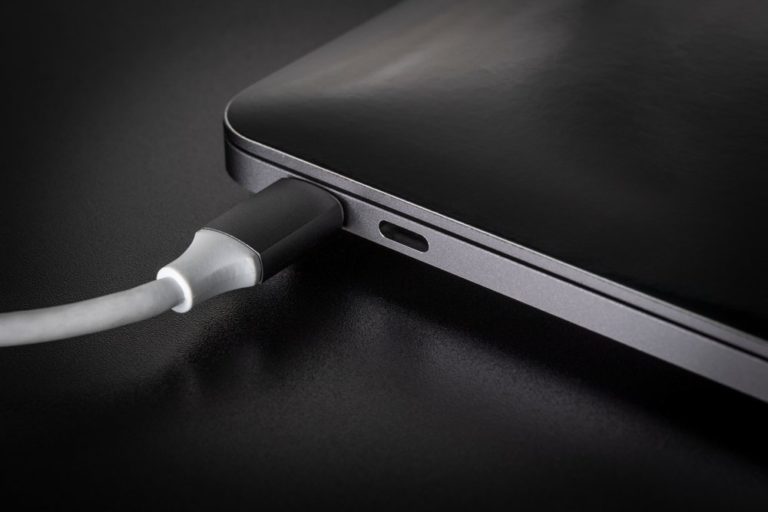USB 3.2, a new version of the USB Type-C connector, is due for high-end laptops this summer. The USB Implementers Forum (USB-IF) announced this at the Mobile World Congress in Barcelona, says AnandTech.
Since mid-2017 there is already talk about the arrival of USB 3.2. This protocol should offer more bandwidth by upgrading the feature set and a physical layer. According to USB-IF, the organisation that publishes the standards for the USB interface, discrete USB 3.2 controllers will be available this year. These new controllers should be able to support the new standard with a speed of 20 Gbps. The organization has not disclosed which companies are developing the actual chips for this purpose.
Discreet USB controllers are mainly used by high-performance desktop systems. This means that the first USB 3.2 chips will probably come first to high-end motherboards. Motherboard manufacturers may be able to show their first products as early as this summer.
Improvements
USB 3.2 comes with several improvements when it comes to bandwidth or how the standard is recommended. For bandwidth, the standard introduces the possibility to use two USB Type-C Tx/Rx channels to get a much higher speed. This is about 20 Gbps. The technology retains the physical layer data rates and encoding techniques of USB 3.1. As a result, the use of two channels is new, but those individual channels work the same way.
In addition, the new standard takes over all the brand features of the previous USB 3.0/3.1. The roadmap will continue as USB 3.2 Gen 1 (5Gbps SuperSpeed), USB 3.2 Gen 2 (10Gbps SuperSpeed+) and USB 3.2 Gen2x2 (2x10Gbps SuperSpeed+) when the devices come onto the market with the new standard.
The future products will therefore have the 3.2 connection, but do not necessarily support the higher speeds of 10 and 20 Gbps.
This news article was automatically translated from Dutch to give Techzine.eu a head start. All news articles after September 1, 2019 are written in native English and NOT translated. All our background stories are written in native English as well. For more information read our launch article.